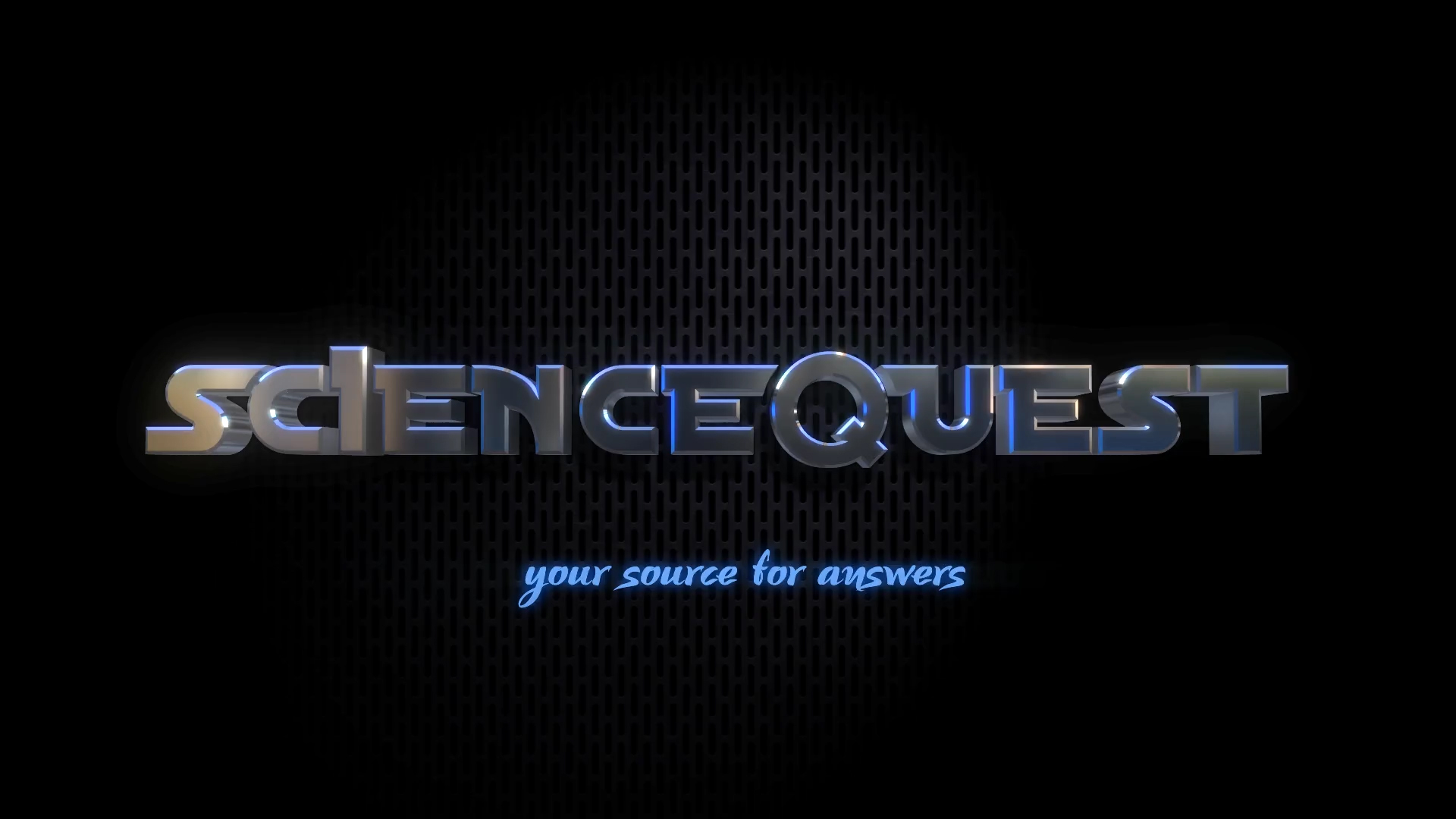A groundbreaking announcement was made on 16th of October by the LIGO Scientific Collaboration, Virgo Collaboration, and its partners. For the very first time, both gravitational waves and electromagnetic waves have been observed from the same cosmic event, the inspiral and collision of two neutron stars. This marks also the first direct detection of gravitational waves from a neutron star binary system at all.

Artist’s illustration of two merging neutron stars. The rippling space-time grid represents gravitational waves that travel out from the collision, while the narrow beams show the bursts of gamma rays that are shot out just seconds after the gravitational waves. Swirling clouds of material ejected from the merging stars are also depicted. The clouds glow with visible and other wavelengths of light.
Credit:NSF/LIGO/Sonoma State University/A. Simonnet
The event was observed on August 17, 2017 in a distance of about 130 million light-years from Earth in the galaxy NGC 4993, in the constellation Hydra, using the Laser Interferometer Gravitational-Wave Observatory (LIGO), including the twin LIGO detectors located in Hanford, Washington, and Livingston, Louisiana, together with the Virgo gravitational-wave detector in Italy, and about 70 earth and space-based observatories and telescopes.
The discovery marks a breakthrough in many ways.
Involving thousands of researchers working at more than 70 laboratories and telescopes on every continent, the detection heralds in a new era in space research, in “multi-messenger astrophysics”.
As France A. Córdova, director of the National Science Foundation (NSF), which funds LIGO, put it:
“It is tremendously exciting to experience a rare event that transforms our understanding of the workings of the universe. This discovery realizes a long-standing goal many of us have had, that is, to simultaneously observe rare cosmic events using both traditional as well as gravitational-wave observatories. Only through NSF’s four-decade investment in gravitational-wave observatories, coupled with telescopes that observe from radio to gamma-ray wavelengths, are we able to expand our opportunities to detect new cosmic phenomena and piece together a fresh narrative of the physics of stars in their death throes.”
This result is a great example of the effectiveness of teamwork, of the importance of coordinating, and of the value of scientific collaboration.- EGO-Virgo director Federico Ferrini
After gravitational waves had been predicted a century ago by Albert Einstein, they were directly detected for the very first time in 2015, which was recognized with this year’s Nobel Prize in physics earlier this month. Three more gravitational-wave discoveries have been made since, though from the merging of black holes. This event, observed only three days after the first joint LIGO-Virgo detection of a binary black hole merger, represents the first direct detection of gravitational waves from a binary system of neutron stars.
It also provides the first measurement of the speed of gravitational waves, confirming that gravitational waves are actually propagating with the speed of light, as predicted by Einstein.
Neutron star binaries and gravitational waves
Visualization showing the coalescence of two orbiting neutron stars. The left panel contains a visualization of the matter of the neutron stars. The different colored layers are different densities, which have been made transparent to show more structure. The right panel shows how space-time is distorted near the collisions.
Credit: Christopher W. Evans/Georgia Tech
Neutron stars represent one of the end-points of stellar evolution, formed in supernova explosions when massive stars have run out of nuclear fuel after burning for millions of years and undergo gravitational collapse.
At the very high pressures involved in this collapse, protons and electrons are combined to form neutrons plus neutrinos (in the so-called beta decay). While the neutrinos are helping the supernova to happen, the neutrons settle down to become a neutron star, with neutron degeneracy managing to oppose gravity. With masses of about 1.4 times the mass of our sun, but only radii of 10 to 20 km, neutron stars are extremely dense, with densities comparable to that inside atomic nuclei.
Neutron stars can also be found in pairs orbiting each other. Such binary star systems composed of two neutron stars were long assumed to be among the leading potential sources for the detection by gravitational-wave observatories.
The first binary neutron star system to be discovered was PSR B1913+16 by Russell Hulse and Joseph Taylor in 1974, in which a radio pulsar was found to be in close orbit around another neutron star. Since its discovery, the decay of the orbit of PSR B1913+16 at exactly the rate predicted by Einstein’s general theory of relativity had provided strong indirect evidence that gravitational radiation exists.
Now, the observations by the LIGO-Virgo detector network provide the first direct detection of gravitational waves coming from the inspiral of two low-mass compact objects consistent with a binary neutron star merger.
The inspiraling objects were estimated to be in a range from around 1.1 to 1.6 times the mass of the sun, in the mass range of neutron stars.

